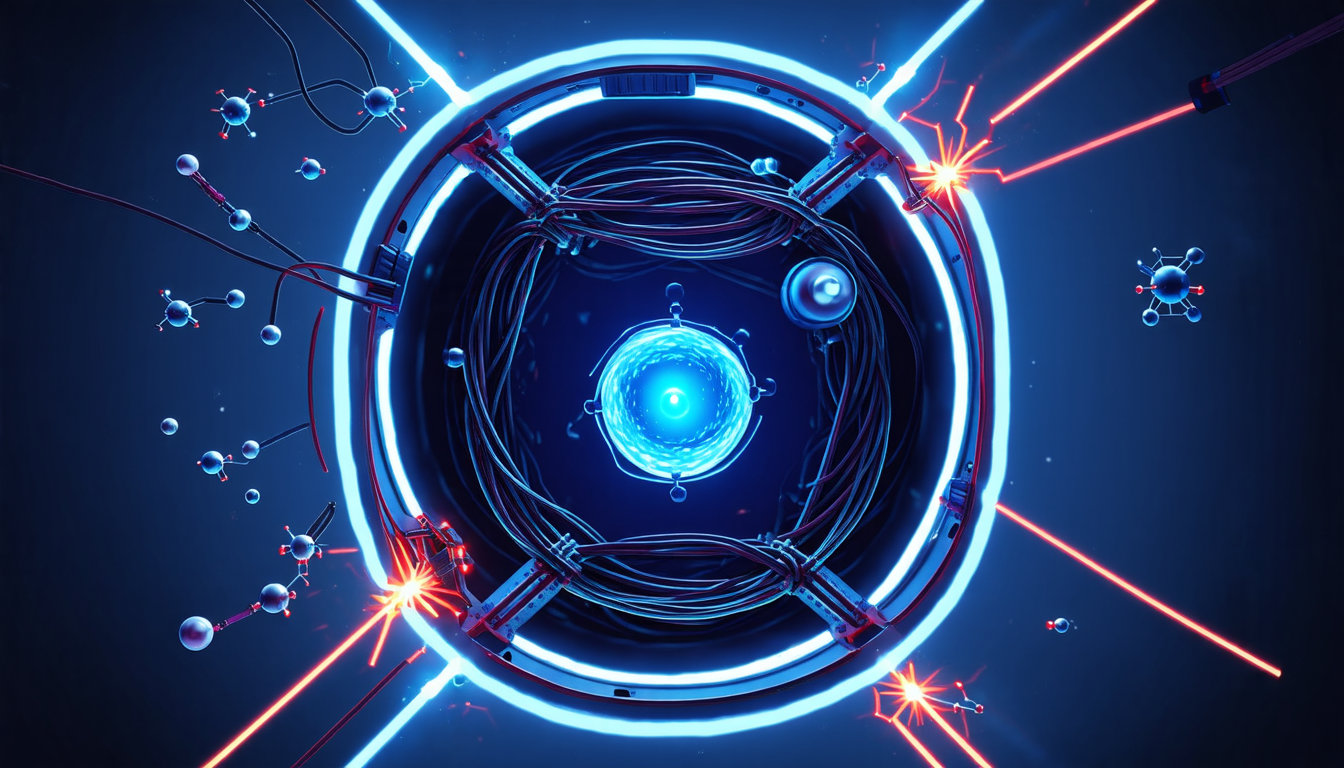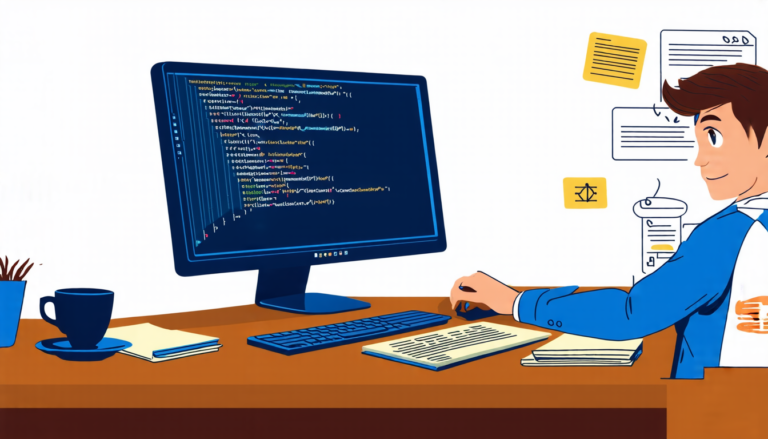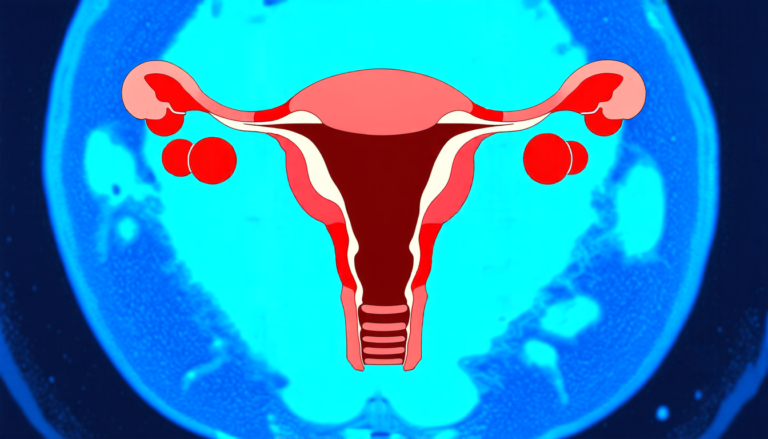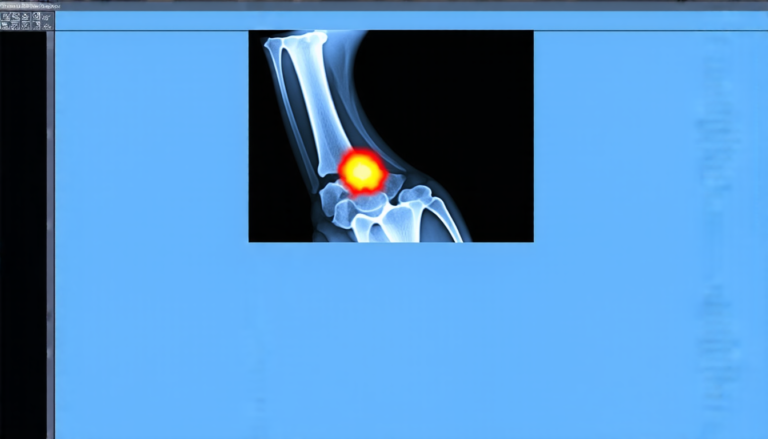Saturday 06 September 2025
As scientists continue to push the boundaries of quantum computing, a new paper has shed light on a crucial challenge: minimizing errors in quantum error correction codes. Quantum computers rely on these codes to ensure that calculations are accurate and reliable, but the process can be slow and prone to mistakes.
The research team behind this latest study focused on a specific type of quantum computer known as QCCDs, or quantum computing with cold ions. These systems use trapped ions, which are charged atoms suspended in a vacuum, to store and manipulate quantum information. While QCCDs have shown great promise, they’re still limited by the need for frequent corrections to maintain accuracy.
The team identified several key issues that contribute to errors in quantum error correction codes. For one, the process of extracting error information from the quantum system is slow and can introduce additional errors. Additionally, the physical hardware used in QCCDs, such as ion traps and laser beams, can also cause errors due to imperfections or noise.
To address these challenges, the researchers developed a new compilation scheme specifically designed for QCCDs. This approach takes into account the unique properties of the ion trap system, including its bipartite connectivity graph and the fact that only certain types of operations are allowed.
The resulting compiler produces executable code that is significantly faster and more efficient than previous methods. In testing, the team found that their new scheme reduced circuit latency by an average of 3.38 times, with some instances showing a reduction of up to 5.24 times.
But what does this mean in practical terms? For QCCDs, it means that they can now perform more complex calculations and maintain accuracy over longer periods of time. This could have significant implications for fields such as cryptography, where quantum computers are being developed to break current encryption methods.
The researchers also explored the impact of their new scheme on logical error rates, which measure the likelihood of errors occurring in the quantum system. By reducing circuit latency, they were able to achieve up to two orders of magnitude improvement in logical error rates with realistic physical error rates.
While there’s still much work to be done before QCCDs can reach their full potential, this latest breakthrough offers a significant step forward in the quest for reliable and efficient quantum computing. As scientists continue to push the boundaries of what’s possible with these systems, we may see even more innovative solutions emerge that bring us closer to realizing the promise of quantum computing.
Cite this article: “Accelerating Quantum Computing with Efficient Error Correction Codes”, The Science Archive, 2025.
Quantum Error Correction, Quantum Computing With Cold Ions, Ion Trap Systems, Laser Beams, Bipartite Connectivity Graph, Compiler Design, Circuit Latency, Logical Error Rates, Physical Error Rates, Quantum Cryptography.







